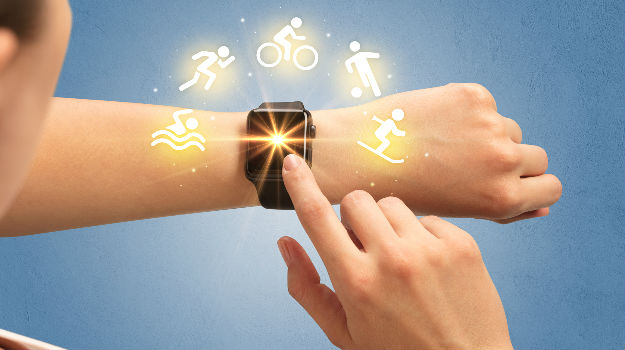Search the latest and greatest job opportunities in sport
Sport as a consumable product is very different from even 10 years ago – and the industry surrounding it practically unrecognisable. Digital technology has been the catalyst for this metamorphosis, and there's barely an aspect of sport that has not felt its influence.
The pace of this change is driven by a dynamic and highly sophisticated workforce, which is why GlobalSportsJobs plays such a central role in this technological revolution, helping to attract the sort of digital talent that traditionally may not have gravitated towards the sports industry.
As GlobalSportsJobs Executive Chairman Karl Oliver comments: “Technology has already positively impacted the industry not least in the way in which we access, consume, and engage with sport, which would have been inconceivable 20 years ago. However, technology has an even greater role to play in the future growth and development of the industry."
In the first of a two-part study, we look at just a few ways it has affected sport, and will continue to disrupt the industry.
Consumption
According to PwC's 2017 Sports Survey, sport is undergoing ' more disruption than ever ' as a result of rapid shifts in the ways it is consumed by fans. Audiences are instinctively flocking to small screens and new platforms (particularly social media) to satisfy their sporting passions, seeking on-demand, immersive, and personalised content.
Rights holders are starting to follow them, offering live coverage through digital OTT direct-to-customer services, either in addition to (or bypassing altogether) broadcasting live coverage on linear TV. Sportradar's recent deal with the ITF to stream live coverage of the Davis Cup and Fed Cup on their own OTT subscription service is just one example, as a full spectrum of rights holders look to find the perfect format and partnership to deliver content direct to fans in every corner of the globe in the most engaging, convenient and cost-effective way possible.
In an interview with Sportcal (the providers of sports market intelligence) ex-Sky and YouTube media guru Steve Nuttall commented: "We'll get to a place where everything is live."
SportsPro (a leading B2B sports media company) recently reported on the PwC survey's findings, saying: "The top three disruptive forces in the sports media market are the ongoing proliferation of new platforms [...] ubiquitous access to sports content through mobile devices; and rights holders changing their distribution strategies to establish direct relationships with fans."

Retail
Digital has changed the way we shop. Customers want a seamlessly connected experience of a brand online and in-store. They also expect to be able to try before they buy, which can be facilitated by technology.
Understanding this, INTERSPORT (the multi-category specialist destination in sporting goods) have launched retail concept stores with 'click-n-collect' kiosks, allowing customers to order at home and receive in-store or vice-versa, and also to scan items and get more information.
INTERSPORT are using technology to 'elevate the in-store experience', encouraging customers to test our products. A scanner, for example, allows customers to see 3D images of their foot to identify pressure points, allowing them to select precisely the right shoes (or ski boots).
![Runner [square]](https://intelligence.globalsportsjobs.com/hubfs/Imported_Blog_Media/b575ea66-f480-4adb-a091-993ccc1ac54e.jpeg)
Marketing
The fragmented marketplace of the digital world has sent audiences scuttling off in so many different directions that it's now more difficult for brands to reach them in the crowded digital market.
That's why, with traditional TV audiences fragmenting, brands are increasingly building marketing activity around those with vast social media followings who promote their products by proxy; either famous sportsmen and women or influencers whose large followings have been built through their expertise in a specific subject area.
As Christoph Lindlein, Global Online Marketing Manager for Athlete's Foot (a brand owned by the INTERSPORT group) explains: "Co-operating with professional football, tennis players, ski-racers, music idols, or so-called Instagrammers, and providing them with our products that they then promote on their personal social media accounts, has definitely become one of our key marketing priorities. It widens our marketing reach, increasing brand awareness and driving business."
SportsPro concluded in its recent article on digital disruption and athlete marketing: "As the world changes, and the boundaries of the sports industry widen under the weight of evolving external forces [...] the very notion of marketability must change with it."
Read Part 2 of our special focus on Digital Disruption now!
Give your career in sport a boost with the latest live vacancies , or create an account today and stay up to date with all the latest industry knowledge, events and jobs in sport.
Search the latest and greatest job opportunities in sport
In the world of professional sports, sponsorship represents a significant source of revenue and plays a vital role for t...
Read moreThe sports industry is a vibrant and multifaceted industry, made up of a diverse range of sectors that shape its global ...
Read morePablo Romero, director of protocol at Sevilla FC and lecturer in the UCAM Master's Degree in Sports Management, shares t...
Read more